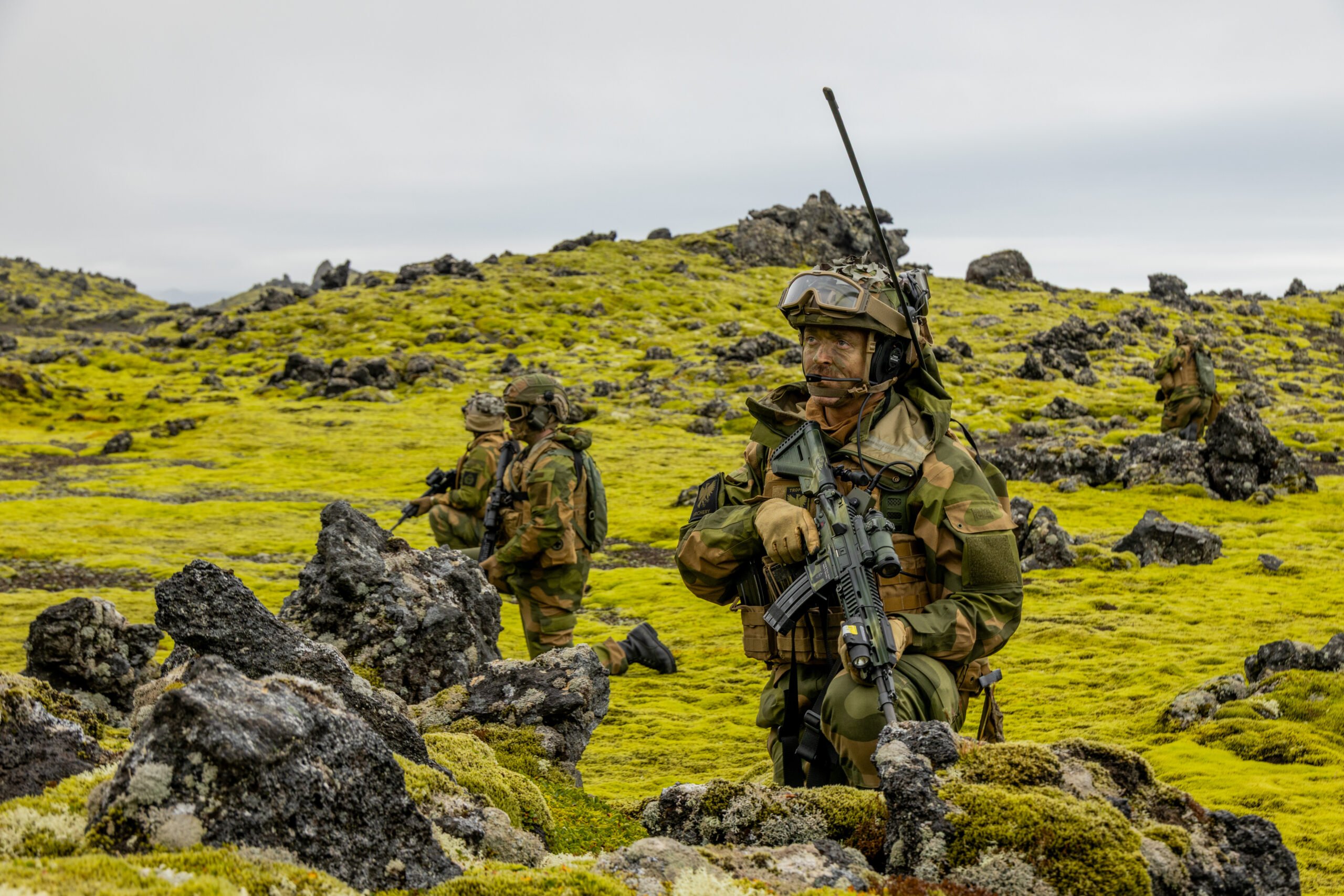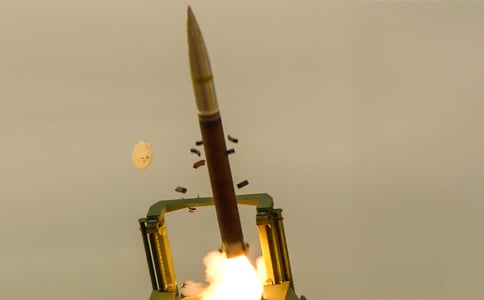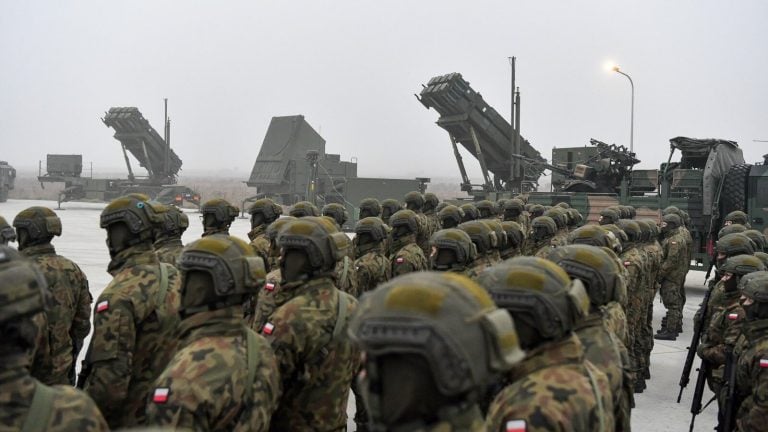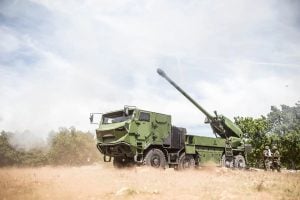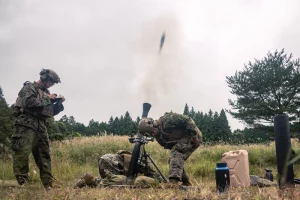A recent report from the French Institute of International Relations (IFRI) underscores critical weaknesses in Europe’s military readiness in the face of a potential direct confrontation with Russia. The think tank’s findings suggest that Europe may struggle to mobilize sufficient troops or quickly produce necessary weaponry in the event of high-intensity conflict, which the authors label as a “long-term threat.”
The report calls for a demonstrated political will and a coherent defense economic strategy over the next five years to prepare for potential conflicts with Russia. IFRI director Thomas Gomart emphasized the importance of analyzing both the strengths and weaknesses of European military capabilities, noting significant “critical military gaps” that need to be addressed.
Gomart stated that while European nations possess the economic resources, military capabilities, and technological expertise to effectively confront Russia by 2030, this outcome depends heavily on their political resolve.
In light of escalating tensions, EU countries have ramped up military spending since the onset of Russia’s full-scale invasion of Ukraine in February 2022. Recently, France’s chief of defense staff, Fabien Mandon, warned that the country must be prepared for a possible clash with Russia within the next few years, as the Kremlin may seek to extend its military ambitions across Europe.
The report highlights that, although Europe holds advantages in aerospace and naval capabilities, its land forces face substantial deficiencies, especially concerning troop depth and ammunition reserves. Moscow’s ability to mobilize effectively adds to the challenges Europe faces, raising doubts about the readiness of many European NATO and EU member states in conflict scenarios.
Specifically, the study reveals that by 2025, 20 out of 30 European NATO or EU nations will have professional ground forces of fewer than 15,000 personnel. Most land force capabilities would rely on a handful of countries—potentially only six, including France, Britain, and Germany—to mobilize larger military units.
Despite increased military funding, Europe has faced challenges in converting this spending into industrial output, particularly in missile production. The report illustrates a concerning gap, noting that annual orders placed with European defense firms for offensive weapons and air and missile defense systems have remained at alarmingly low levels, far below what would be necessary for confronting Russia.
The authors recommend that Europe continue to bolster its support for Ukraine, which has gained extensive experience in conventional warfare, suggesting that integration of Ukraine into European security frameworks is crucial. They argue that Europe’s security largely hinges on two factors: the unwavering commitment of the United States to NATO and Ukraine’s ongoing resistance against Russian aggression.
The study warns that if either the US commitment wanes or Ukrainian efforts falter, the likelihood of direct military confrontation with Russia would increase. In the absence of a large-scale military conflict, Europe will still face persistent threats from Russian hybrid warfare tactics, including disinformation campaigns, covert operations, and cyberattacks. The report concludes that Europe’s current response to these threats has been overly defensive and urges a more robust approach to enhance regional security.
